Prasat Hin Phimai: the largest Khmer temple in Thailand
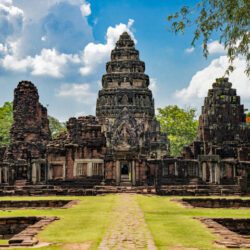
During the more than four centuries that the Khmer ruled Isan, they built more than 200 religious or official structures. Prasat Hin Phimai in the heart of the town of the same name on the Mun River in Khorat province is one of the most impressive Khmer temple complexes in Thailand.
Jean-Baptiste Maldonado: a Flemish Jesuit in Ayutthaya
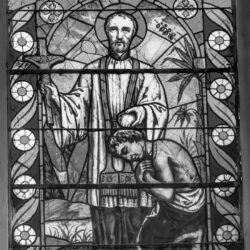
Little is known about Jean-Baptiste Maldonado's childhood years. We know that he was a Fleming who was born in 1634 in the Southern Netherlands and that he spent a large part of his childhood in Mons or Bergen in Wallonia.
One of the oldest buildings in Bangkok: the Phra Sumen Fort
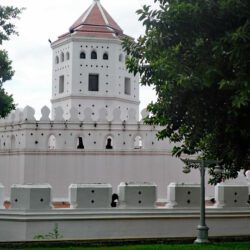
I'm going to tell you a little secret. One of my favorite walks always takes me through the leafy Thanon Phra Athit. A street or rather an avenue that carries in its genes not only the memory of a number of Greats from the rich history of the City of Angels, but also gives an impression of what the city looked like, in my opinion, roughly half a century ago looked.
King Chulalongkorn and the German spa town of Bad Homburg
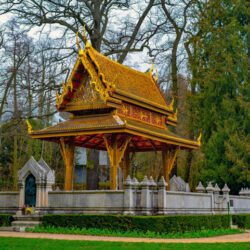
King Chulalongkorn visited Bad Homburg in Germany, a former imperial "Kur-Ort". At the time it was the summer residence of the German emperors with excellent "Spa" facilities, such as natural springs and "Kurparken".
Mapping Siam – the origins of the borders and the proud nation-state
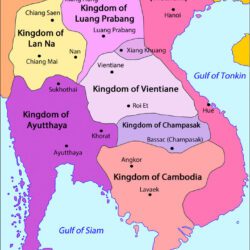
How did today's Thailand get its shape and identity? Determining who and what exactly does or does not belong to a country is not something that just happened. Thailand, formerly Siam, did not just come about either. Less than two hundred years ago it was a region of kingdoms without real borders but with (overlapping) spheres of influence. Let's see how Thailand's modern geo-body came about.
Cornelis Specx: Pioneer for the VOC in Ayutthaya
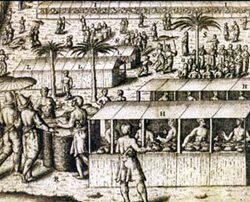
In recent decades, quite a few studies have rolled off the presses about the Vereenigde Oostindische Compagnie (VOC) in Southeast Asia, which also - almost inevitably - dealt with the presence of the VOC in Siam. Strangely enough, until today little has been published about Cornelis Specx, the man we can safely regard as the pioneer for the VOC in the Siamese capital of Ayutthaya. A shortcoming that I would like to rectify here.
The Bisu extinct soon?
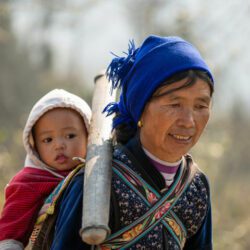
In the past I have regularly paid attention on this blog to the patchwork that the Thai multi-ethnic state is from an ethnographic point of view. Today I would like to take a moment to reflect on what is perhaps the least known ethnic group in the country, the Bisu. According to the most recent counts – which are now 14 years old – there are still about 700 to 1.100 Bisu living in Thailand, which also makes them the most endangered ethnic group.
Prince Prisdang Chumsai, from ambassador to outcast
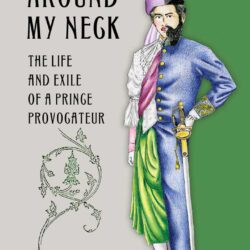
Every now and then I come across a new person in Siamese history. A person with a fascinating and interesting life as I could not have imagined before that time. Prince Prisdang is such a person.
What happened to the Railway of Death?
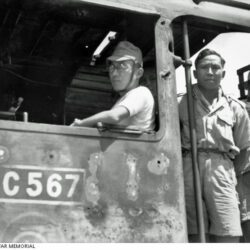
Japan capitulated on August 15, 1945. With that, the Thai-Burma railway, the infamous Railway of Death, lost the purpose for which it was originally built, which was to bring troops and supplies to the Japanese troops in Burma. The economic usefulness of this connection was limited and it was therefore not very clear after the war what to do with it.
An iconographic break in style: the Siamese walking Buddha
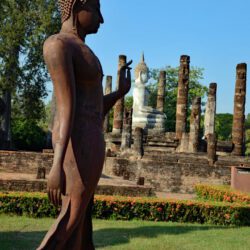
Most of the Asian classical statues we know of the Buddha depict him either sitting, standing or reclining. In the thirteenth century, suddenly, like a bolt from a clear sky, a walking Buddha appeared. This way of depicting represented a real iconographic break in style and was unique to the region now known as Thailand.
Bombs on Bangkok
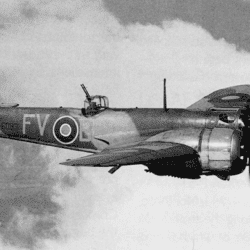
In mid-August, the Allied military cemeteries of Kanchanaburi and Chungkai traditionally commemorate the end of the Second World War in Asia. In this article by Lung Jan, he draws attention to the at least 100.000 Romusha, the Asian workers who died in slave labor. And also for the Thai citizens who fell victim to a series of Allied air raids on Japanese targets in Thailand.
A journey through Laos in 1894-1896
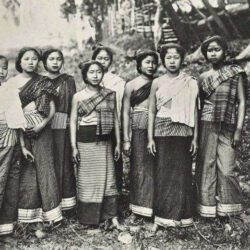
At the end of the 19th century, the French government mapped the areas in the north and east of the Mekong in the famous “mission Pavie”. This area then consisted of various kingdoms and local powers, but these would soon be swallowed up in the modern nation states of Laos and Vietnam (Indochina). With the determination of the national borders and colonization by the French and English, the traditional way of life in this area came to an end.
Jesuits in Siam: 1687
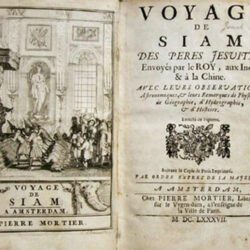
For the benefit of my dissertation I was once again working in the university library of Amsterdam, when my eyes fell on a very intriguing title of a very old book for Thailanders: VOYAGE DE SIAM DES PERES JESUITES
Gold diggers: In search of hidden Japanese spoils of war…
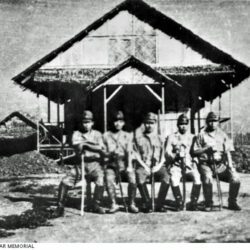
Thailand has its own version of the Loch Ness Monster; a persistent myth that pops up with the regularity of a clock. Although in this specific case it is not about a prehistoric aquatic creature, but about an even more imaginative enormous treasure that the retreating Japanese troops are said to have buried near the infamous Burma-Thai Railway at the end of World War II.
Racing in Thailand
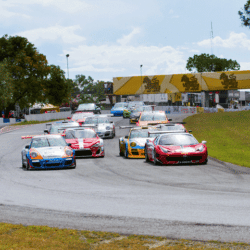
Car and motorcycle sports are quite popular in Thailand. Close to Pattaya is the Bira circuit, which still attracts 30 to 35.000 people during races.
The life of Phraya Phichai Dap Hak
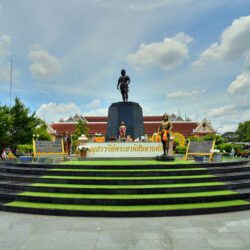
In front of Uttaradit City Hall is a statue of Phraya Phichai Dap Hak (Phraya Phichai of the Broken Sword), a general, who served as both the left and right hand under King Tak Sin in fighting the Burmese forces. This is his life story.
Thanks in part to Russia, Thailand was never colonized

In the last years of the 19th century, Siam, as it was then known, was in a precarious situation. The danger that the country would be taken and colonized by either Great Britain or France was not imaginary. Thanks in part to Russian diplomacy, this was prevented.






